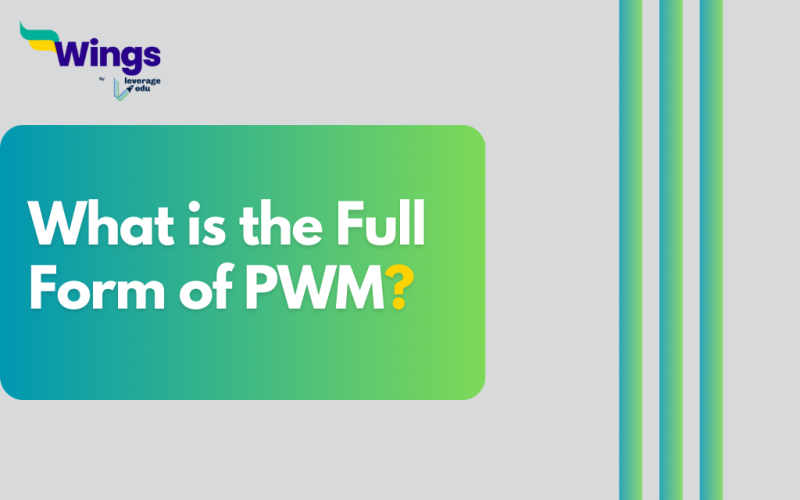In the world of electronics and engineering, you may often come across the term”PWM.” What is PWM Full Form, and why is it so crucial in the realm of digital control and signal processing? Let’s dive into the fascinating world of Pulse Width Modulation to demystify its significance.
PWM Basics
Table of Contents
Pulse Width Modulation, abbreviated as PWM, is a widely used technique for manipulating analog signals in the digital world. At its core, PWM is a method of encoding information into a pulsing signal by changing the duty cycle of the signal, which represents the amount of time the signal is in its high (on) state.
The Pulse
In PWM, the primary element is the pulse. A pulse consists of two parts – the “on” state (high level) and the “off” state (low level). The duration of the “on” state is what varies, giving PWM its name.
Duty Cycle
The duty cycle is a crucial concept in PWM. It’s the ratio of the time the signal is in the “on” state to the total period of the pulse. Duty cycle is usually expressed as a percentage and determines the average voltage of the signal.
PWM Applications
PWM has a wide range of applications across various fields:
- Analog Signal Generation: PWM can be used to generate analog-like signals for applications like audio synthesis, where varying the duty cycle can create different sound frequencies.
- Motor Control: In robotics and automation, PWM is frequently used to control the speed and direction of DC motors.
- LED Brightness Control: To adjust the brightness of LEDs in displays, backlighting, or lighting systems, PWM is employed.
Advantages of PWM
PWM offers several advantages, including:
Efficiency: By adjusting the duty cycle, you can control power consumption, making it energy-efficient.
Fine Control: PWM allows precise control over various parameters, making it indispensable in applications like motor control.
Digital Compatibility: As a digital technique, PWM seamlessly integrates with digital systems and microcontrollers.
PWM Implementation
To implement PWM, a microcontroller or specialized PWM controller generates a square wave, varying the duty cycle based on the desired output. The PWM signal can then be used to drive various devices and components.
Popular Full Forms
I trust that you’ve discovered the information you were seeking about PWM Full Form. Please feel free to continue exploring our page for additional full forms and related content. If you have any more questions or need further assistance, don’t hesitate to reach out.
 One app for all your study abroad needs
One app for all your study abroad needs













